Mitakon launches SpeedMaster 20mm, 35mm and 50mm T1.0 triple cine lens set
Mitakon's trio of matched cine lenses come in Sony E, Nikon Z, Fujifilm X and Canon RF mounts
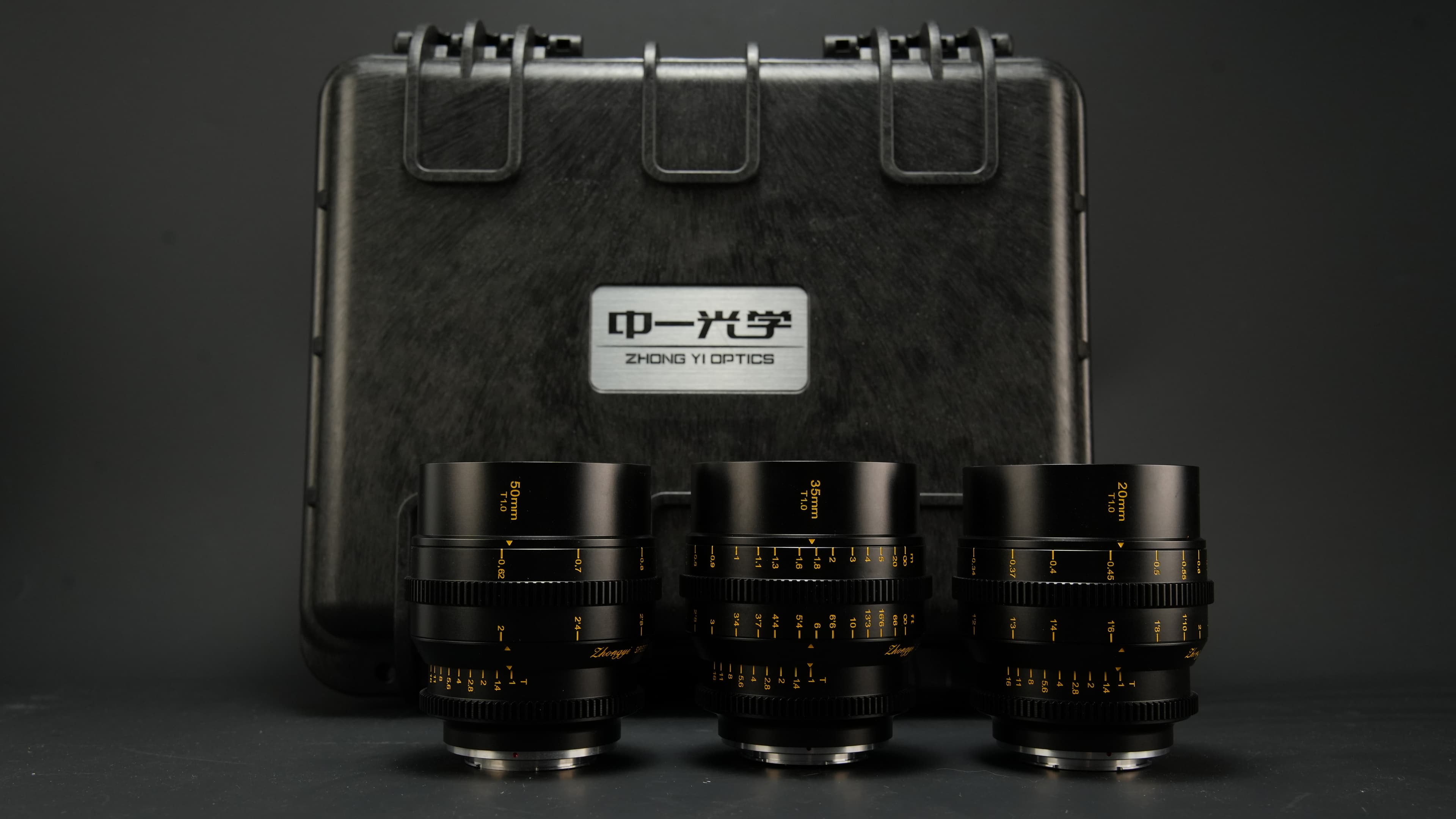
You often get cine lenses sold in sets, but rarely at this price or with these specifications. The headline spec is the T1.0 maximum aperture, shared across all three lenses, for excellent low-light capability and shallow depth of field even with APS-C/Super35 cameras.
While APS-C might seem a poor relation to full frame cameras in the photography world, in filmmaking the Super35/APS-C format is alive and kicking and used widely. These Super35 cine lenses have also arrived at just the right time, as Sony, Nikon, Fujifilm and Canon are all beefing up their APS-C filmmaking credentials. Some of the best cine cameras and best cameras for filmmaking use the APS-C/Super35 format, such as the Sony A6700, Fujifilm X-H2S and Canon EOS R7.
These new lenses are available individually at $499 each – that's about £392/AU$770 – but they're also sold as a boxed set for $1299 (about £1020/AU$2006). Why? Because the best cine lenses are often used in sets by filmmakers who need to swap out lenses without also having to make adjustments to their rigs, matte boxes and focus pullers. These lenses don't just share the same pretty exceptional maximum aperture, they also have identical dimensions, filter sizes and aperture/focus throws.
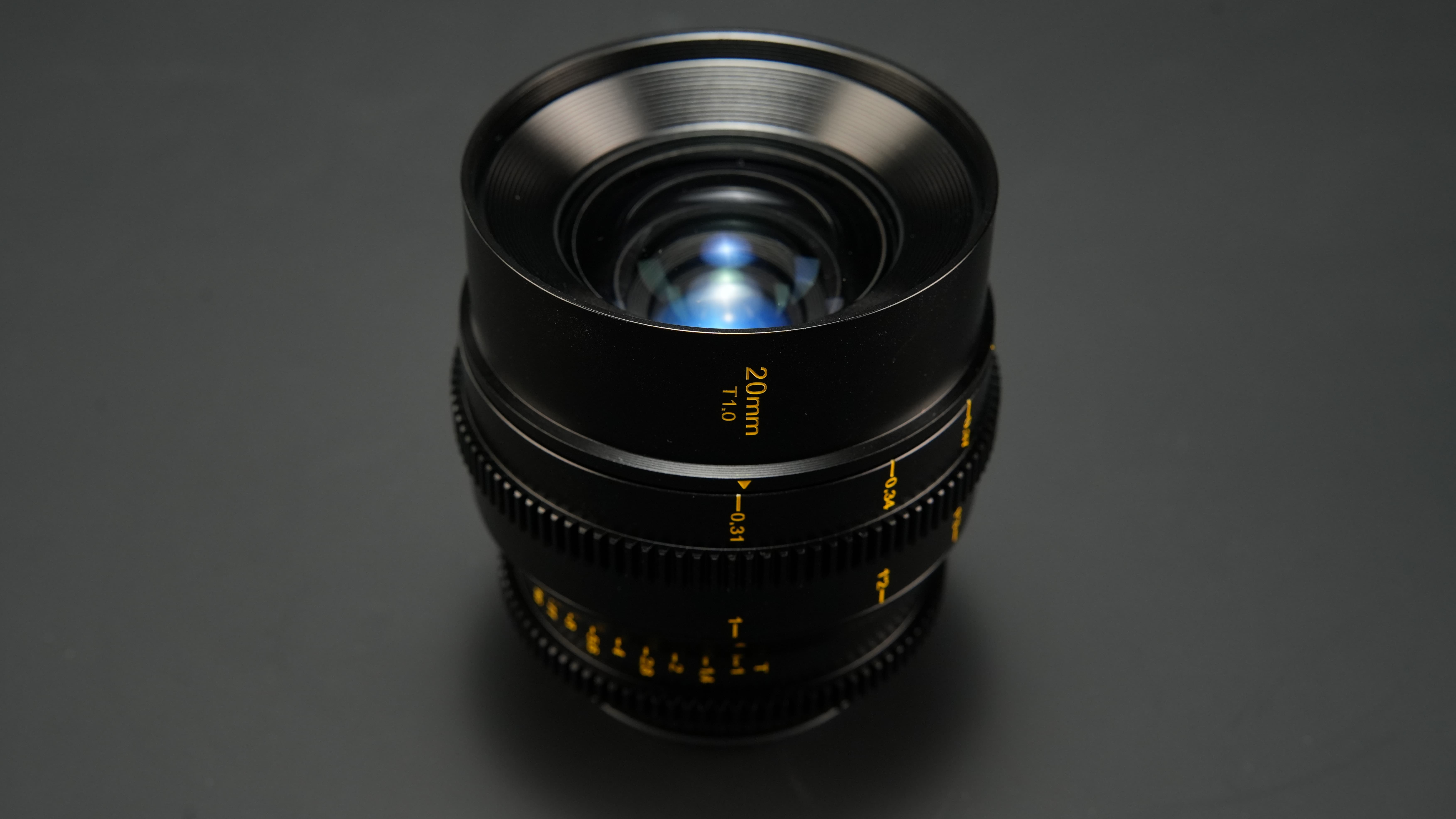
Mitakon 20mm S35 T1.0 specifications
Sensor Size: APS-C
Focal Length: 20mm (30mm equiv)
Maximum Aperture: T1.0
Minimum Aperture: T16
Aperture Throw: 60°
Focus Throw: 270°
Construction: 13 elements in 8 groups
Aperture Blades: 9
Angle of View: 72°
Minimum Focusing Distance: 0.31m
Filter Thread: 77mm
Size: 88 x 93mm
Weight: 730g
Mounts: Sony E, Nikon Z, Fuji X, Canon RF
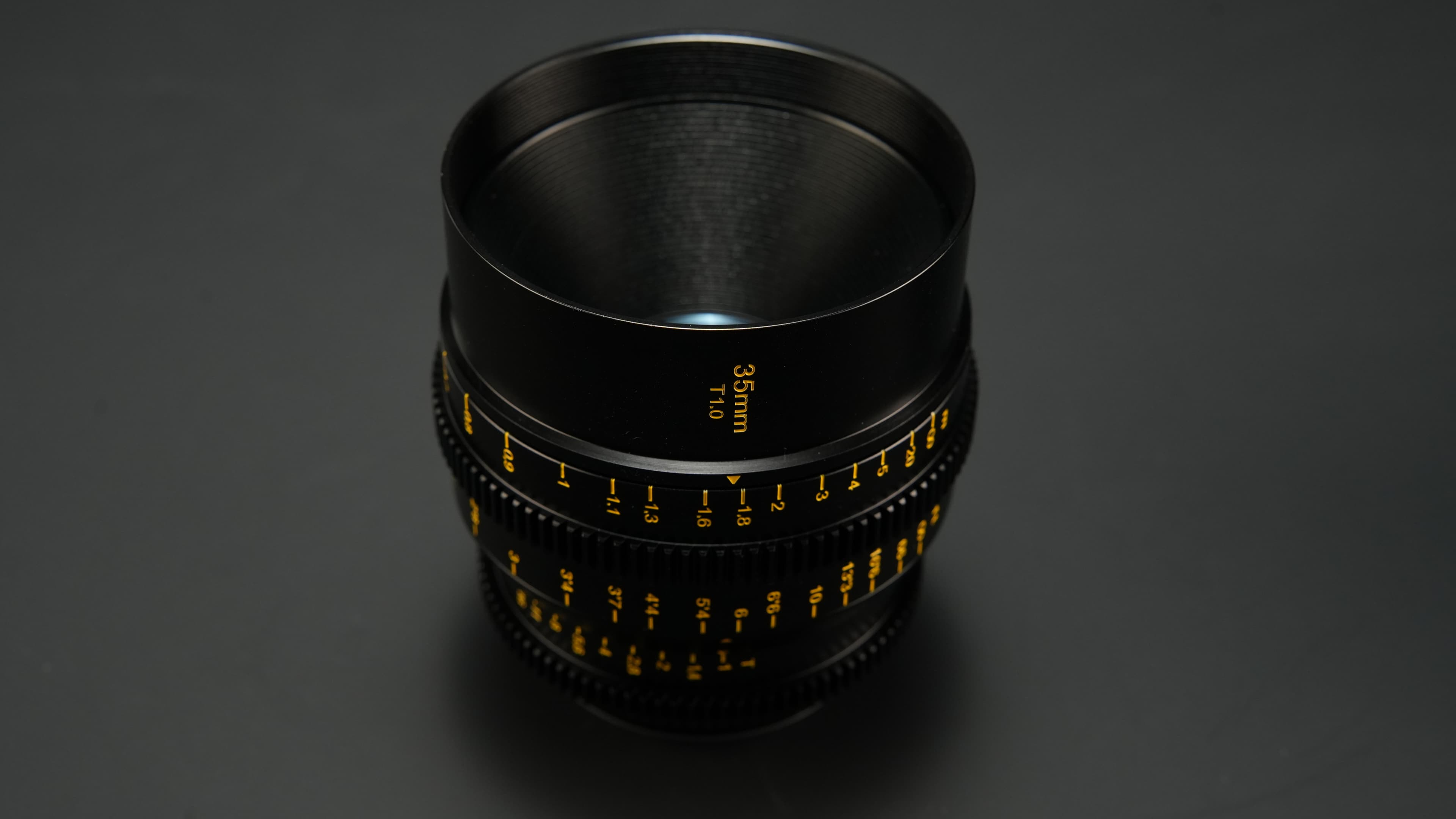
Mitakon 35mm S35 T1.0 specifications
Sensor Size: APS-C
Focal Length: 35mm (50mm equiv)
Maximum Aperture: T1.0
Minimum Aperture: T16
Aperture Throw: 60°
Focus Throw: 270°
Construction: 11 elements in 8 groups
Aperture Blades: 9
Angle of View: 43.5°
Minimum Focusing Distance: 0.36m
Filter Thread: 77mm
Size: 88 x 93mm
Weight: 640g
Mounts: Sony E, Nikon Z, Fuji X, Canon RF
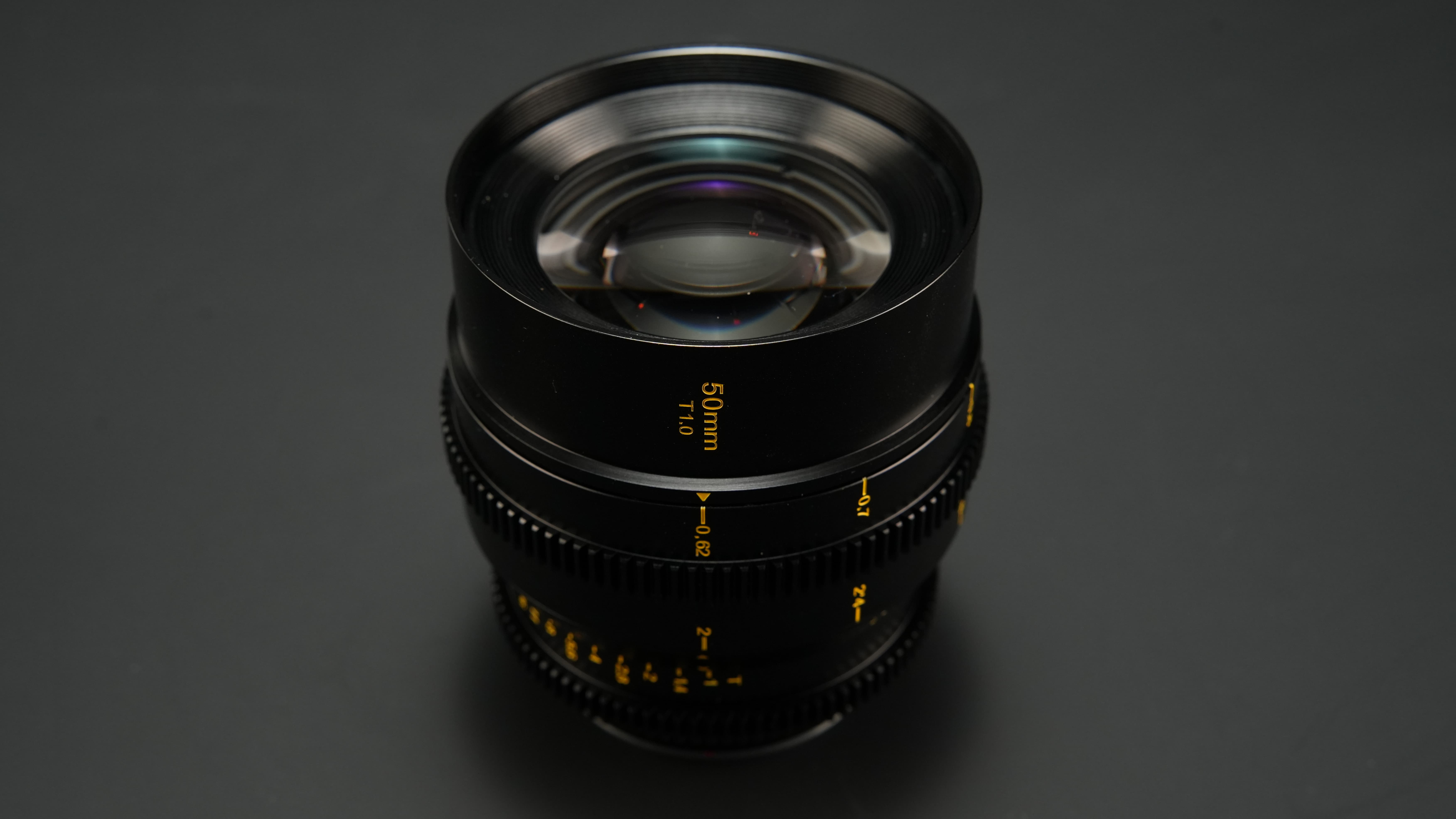
Mitakon 50mm S35 T1.0 specifications
Sensor Size: APS-C
Focal Length: 50mm (75mm equiv)
Maximum Aperture: T1.0
Minimum Aperture: T16
Aperture Throw: 60°
Focus Throw: 270°
Construction: 11 elements in 8 groups
Aperture Blades: 9
Angle of View: 33.5°
Minimum Focusing Distance: 0.62m
Filter Thread: 77mm
Size: 88 x 93mm
Weight: 820g
Mounts: Sony E, Nikon Z, Fuji X, Canon RF
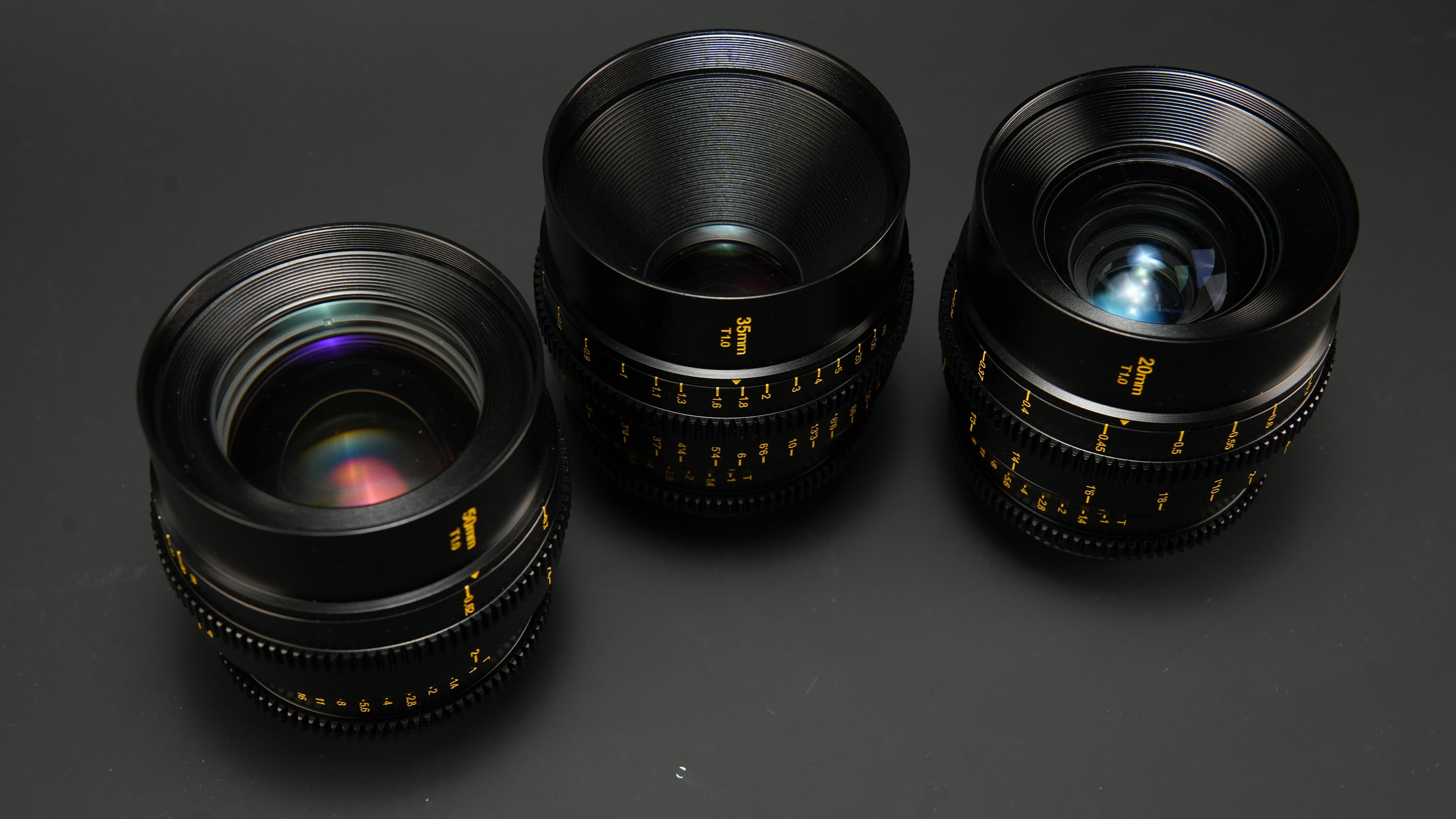
Mitakon claims the 9-bladed aperture rings will give a 'silky soft bokeh' and that the new lenses exhibit low levels of focus breathing. The SpeedMaster 20mm/35mm/50mm S35 T1 cine lenses are available now, both individually and as a set.
Other lens news
Olympus and Panasonic get new tilt lens for toy town photo effects
Panasonic quietly adds two more lenses to its L-mount lens roadmap
Cosina launches Nokton 50mm f/1.2 for Fujifilm X-mount cameras
Get the Digital Camera World Newsletter
The best camera deals, reviews, product advice, and unmissable photography news, direct to your inbox!

Rod is an independent photography journalist and editor, and a long-standing Digital Camera World contributor, having previously worked as DCW's Group Reviews editor. Before that he has been technique editor on N-Photo, Head of Testing for the photography division and Camera Channel editor on TechRadar, as well as contributing to many other publications. He has been writing about photography technique, photo editing and digital cameras since they first appeared, and before that began his career writing about film photography. He has used and reviewed practically every interchangeable lens camera launched in the past 20 years, from entry-level DSLRs to medium format cameras, together with lenses, tripods, gimbals, light meters, camera bags and more. Rod has his own camera gear blog at fotovolo.com but also writes about photo-editing applications and techniques at lifeafterphotoshop.com
